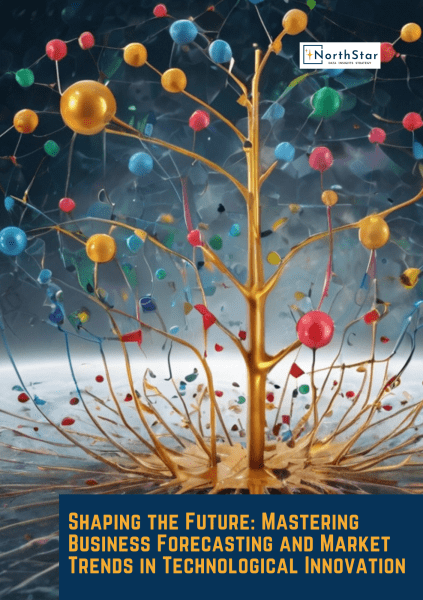SMEs in China account for over 60% of the GDP and 80% of urban employment, and encounter a challenging environment in early 2025.
Although the post-pandemic recovery is ongoing, persistent structural and external pressures jeopardise their stability. Below, we examine the most significant challenges, backed by data and reliable sources.
1. Economic Slowdown and Weak Demand
China’s GDP growth is projected to stabilise at 4.5% in 2025, down from pre-pandemic highs, reflecting subdued domestic consumption and global trade friction.
China SMEs in export-reliant sectors, such as manufacturing and textiles, grapple with reduced orders from key markets like the EU and the U.S., where tariffs and “de-risking” policies persist.
2. Regulatory and Compliance Burdens
Additionally, updated cybersecurity laws (e.g., the Data Security Law) impose hefty fines for non-compliance, disproportionately burdening smaller firms lacking legal and technical resources.
3. Cash Flow and Financing Constraints for China’s SMEs
Access to credit remains a hurdle.
Despite government pledges to support China-based SMEs, state-owned banks prioritise low-risk loans to large corporations.
In 2024, only 28% of SMEs secured bank financing, down from 35% in 2022. Many resort to shadow banking, where interest rates exceed 15%, exacerbating debt risks.
Delayed client payments further strain liquidity. Some statistics indicate that roughly 67% of SMEs report overdue receivables.
4. Labour Costs and Talent Shortages
Wages in China’s manufacturing hubs have risen 8% annually since 2020, driven by labour shortages and an ageing workforce.
Skilled workers gravitate toward tech giants or overseas opportunities, leaving SMEs struggling to fill roles in automation and green tech.
The “Common Prosperity” policy has also increased mandatory benefits, raising operational costs.
5. Supply Chain Volatility
Geopolitical tensions and evolving global supply chains continue to disrupt business operations worldwide.
For instance, U.S. export restrictions on advanced semiconductors have forced many companies, particularly SMEs, to pivot to more expensive domestic or alternative suppliers.
At the same time, volatile commodity prices—such as lithium for electric vehicle batteries—are squeezing profit margins across industries. According to a 2024 report by the Ministry of Commerce, 41% of China’s SMEs still lack robust contingency plans to mitigate supply chain disruptions, leaving them vulnerable to shocks.
While advancements in AI, such as DeepSeek, are transforming industries and enabling smarter decision-making, the reliance on advanced microchips remains critical.
Despite China’s significant investments in AI and semiconductor self-sufficiency, the development of cutting-edge chips still lags behind global leaders. This underscores the ongoing interdependence of technology, geopolitics, and supply chain resilience in an increasingly complex global economy.
Meanwhile, fluctuating commodity prices—such as lithium for EVs—squeeze profit margins.
6. Technological Transition Pressures
Digitalisation and AI adoption are now existential for competitiveness, but 60% of SMEs cite high implementation costs as a barrier.
What is the Path Forward?
To survive, SMEs are adopting hybrid strategies:
-
- Partnering with tech platforms (e.g., Alibaba Cloud) for affordable AI tools.
-
- Leveraging government subsidies for green upgrades.
-
- Diversifying supply chains into ASEAN markets.
In a world where geopolitical tensions, supply chain disruptions, and rapid technological advancements are reshaping industries, staying ahead requires both insight and innovation.
If you’re interested in diving deeper into these critical issues, explore our comprehensive report on IP Law to understand how intellectual property is shaping the future of global competition.
Additionally, our latest ebook on Business Forecasting and Technological Innovation, which you can find in our Insights Hub, offers actionable strategies to navigate uncertainty and harness the power of emerging technologies like AI.
Don’t just adapt to change—lead it.
Get your copy today and equip your business with the tools to thrive in an evolving landscape.






